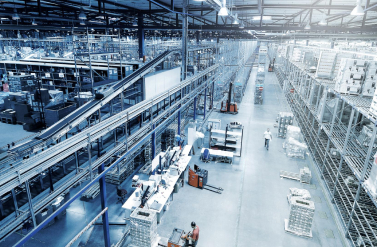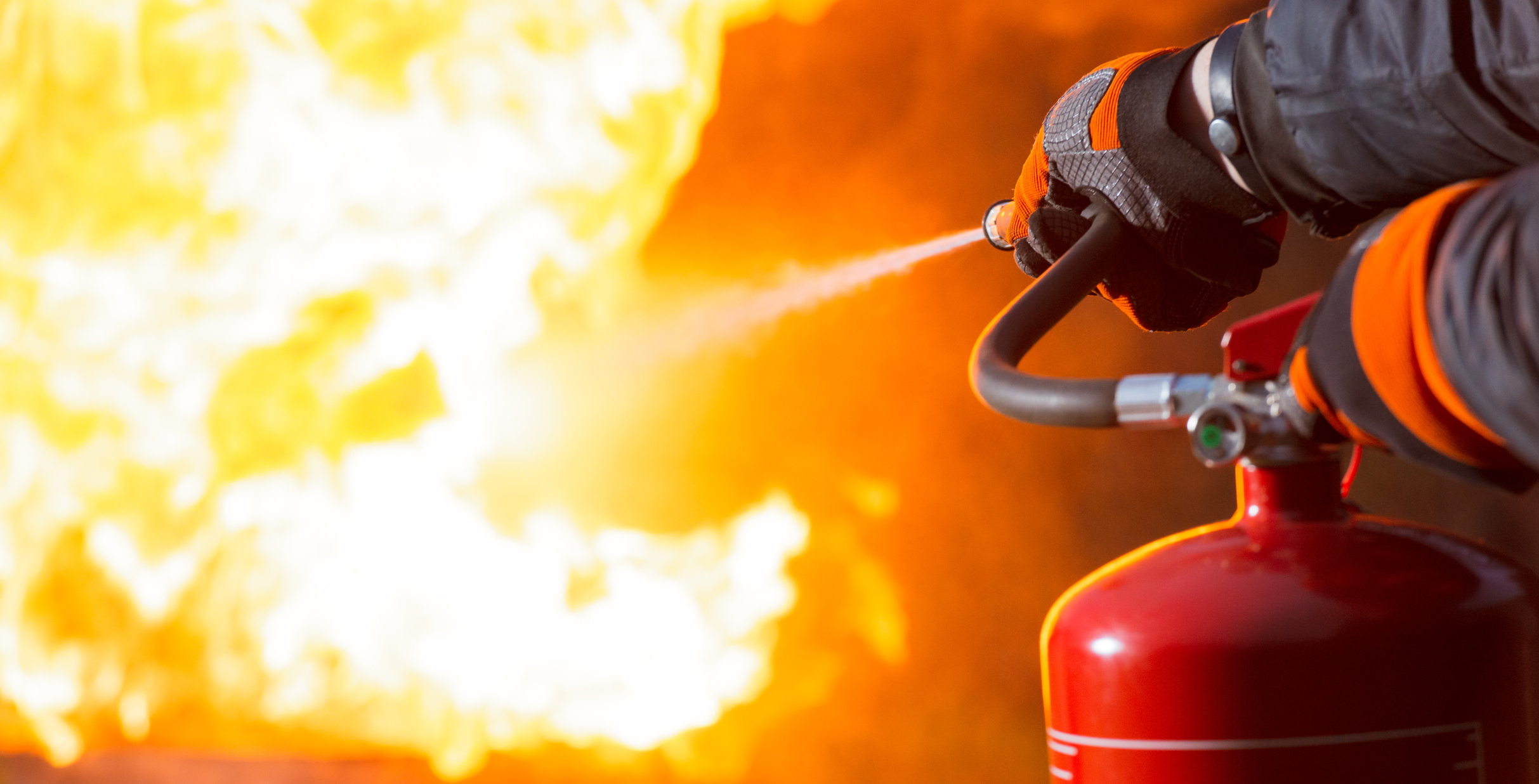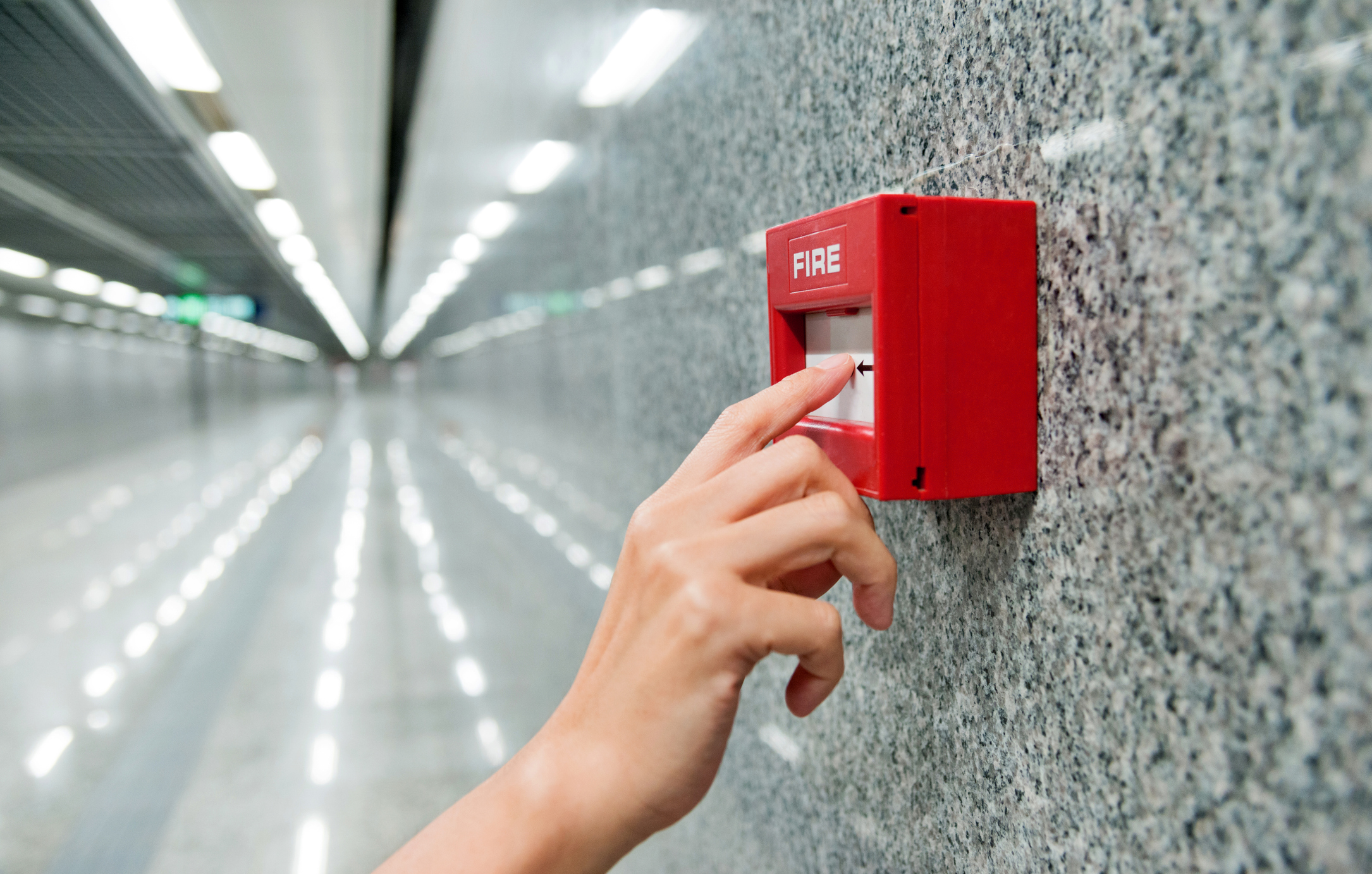
Warehouse & Factory Fire Safety Checklist & Tips
Train Staff
The first step in maintaining warehouse fire safety is to train all employees on fire prevention and response protocols. Conduct regular fire safety training sessions that cover topics such as identifying fire hazards, proper use of fire extinguishers, evacuation procedures, and emergency contact information. Make sure all staff members are familiar with the location and operation of fire alarm systems and fire exits. By educating your workforce, you empower them to respond effectively in case of a fire emergency.
Conduct Fire Drills
Regularly conducting fire drills is a vital part of warehouse fire safety. Fire drills allow employees to practice evacuation procedures and familiarise themselves with the designated assembly areas. Simulate different scenarios, such as blocked exits or power outages, to ensure that staff members are prepared for various situations. After each drill, evaluate the effectiveness of the evacuation process and address any areas that need improvement.
Install Fire Alarms
Installing reliable fire alarm systems is critical for early fire detection in warehouses. Ensure that your warehouse is equipped with a sufficient number of smoke detectors, heat sensors, and manual call points. Regularly test and maintain these systems to ensure their functionality.
Create a Fire Emergency Plan
Developing a comprehensive fire emergency plan is crucial for effective response and evacuation in the event of a fire. The plan should outline specific roles and responsibilities for employees, including who is responsible for sounding the alarm, calling emergency services, and assisting with evacuation. Clearly mark all fire exits and ensure they are unobstructed and easily accessible. Designate assembly areas where employees can gather safely away from the building.
Store Flammable Materials Safely
Proper storage of flammable materials is essential to prevent fires in warehouses. Establish designated storage areas for flammable substances and ensure they are located away from ignition sources. Use appropriate storage containers and cabinets that are specifically designed for flammable materials. Store chemicals and other hazardous substances according to their compatibility, and clearly label all containers.
Regularly Check Equipment & Electrical Wiring
Regular inspections of equipment and electrical wiring are crucial to identify potential fire hazards in warehouses. Ensure that all machinery and equipment are well-maintained, and promptly repair or replace any faulty components. Regularly inspect electrical systems for damaged wiring, loose connections, or overloaded circuits. Keep electrical panels and control rooms free from clutter and ensure that emergency shut-off switches are easily accessible.
Warehouse Fire Safety Regulations
Complying with fire safety regulations is of utmost importance to protect your warehouse and ensure the well-being of your employees. Familiarise yourself with the specific fire safety regulations applicable to your region and industry. Engage with fire safety professionals or consultants to conduct a thorough fire safety risk assessment for your warehouse. Implement the recommended measures and regularly review and update your fire safety practices to remain compliant with regulations and industry standards.
In addition to the general fire safety checklist and tips mentioned above, here are a few additional measures you can consider to enhance warehouse fire safety:
• Install Automatic Fire Suppression Systems: Automatic fire suppression systems, such as sprinklers, can significantly minimise the spread of fire and reduce property damage. Evaluate the feasibility of installing these systems based on your warehouse’s layout and contents.
• Implement Hot Work Permits: Establish a permitting system for hot work activities, such as welding or cutting, within the warehouse. This process ensures that proper precautions are taken before, during, and after the work, reducing the risk of fire incidents.
• Maintain Adequate Clearance: Maintain sufficient clearance between storage racks, machinery, and electrical panels to allow for proper airflow and accessibility during emergencies. Avoid blocking fire doors, emergency exits, and firefighting equipment.
• Provide Personal Protective Equipment (PPE): Supply employees with appropriate PPE, such as fire-resistant clothing, gloves, and goggles, to protect them from heat, flames, and hazardous materials.
• Establish Smoking Areas: If smoking is permitted on your premises, designate specific smoking areas away from flammable materials and enforce strict regulations to prevent improper disposal of cigarette butts.
• Conduct Regular Inspections: Schedule routine inspections of fire safety equipment, emergency lighting, and exit signs. Regularly check fire extinguishers to ensure they are charged and in proper working condition.
A Fire Safety Checklist is an Essential Safety Measure
By following this comprehensive warehouse fire safety checklist and incorporating these tips into your operations, you can significantly reduce the risk of fire incidents and ensure the safety of your employees, property, and valuable inventory.
How to Identify Hazards in a Factory or Warehouse
Identifying hazards in a factory or warehouse setting is a fundamental part of preventing fires. Part of your fire management plan should involve assessing common risk areas such as storage rooms, where flammable materials like chemicals or textiles may accumulate. Electrical systems should be regularly inspected for overloads and faulty wiring. Machinery that generates heat or sparks can also pose significant risks, particularly if not properly maintained.
It’s also important to ensure that all employees are aware of potential hazards by providing training and clear signage. Regular audits and consultations with fire safety professionals can further help in identifying less obvious risks.
What is the Role of a Responsible Person?
In the context of fire safety in warehouses and factories, a responsible person is designated to oversee fire safety measures. This individual’s duties include ensuring that fire risk assessments are carried out and updated regularly, implementing and maintaining effective fire safety protocols, and ensuring staff are trained in fire safety procedures.
They’re also responsible for maintaining clear escape routes and ensuring that fire alarms and extinguishing equipment are functional at all times. The role requires staying informed about the latest fire safety regulations and practices to safeguard both personnel and property.
The Importance of Maintenance & Servicing
Regular maintenance and servicing are some of the best ways to prevent fires within factories and warehouses. This includes scheduled checks and repairs of electrical systems, heating units, and any machinery that could potentially cause a fire. Fire alarms, sprinkler systems, and extinguishers must be tested regularly to ensure they’re operational when needed. Ventilation systems should also be cleaned to prevent dust build-up, which can be a fire hazard. Adhering to a strict maintenance schedule can drastically reduce the likelihood of a fire, ultimately protecting lives and assets.




